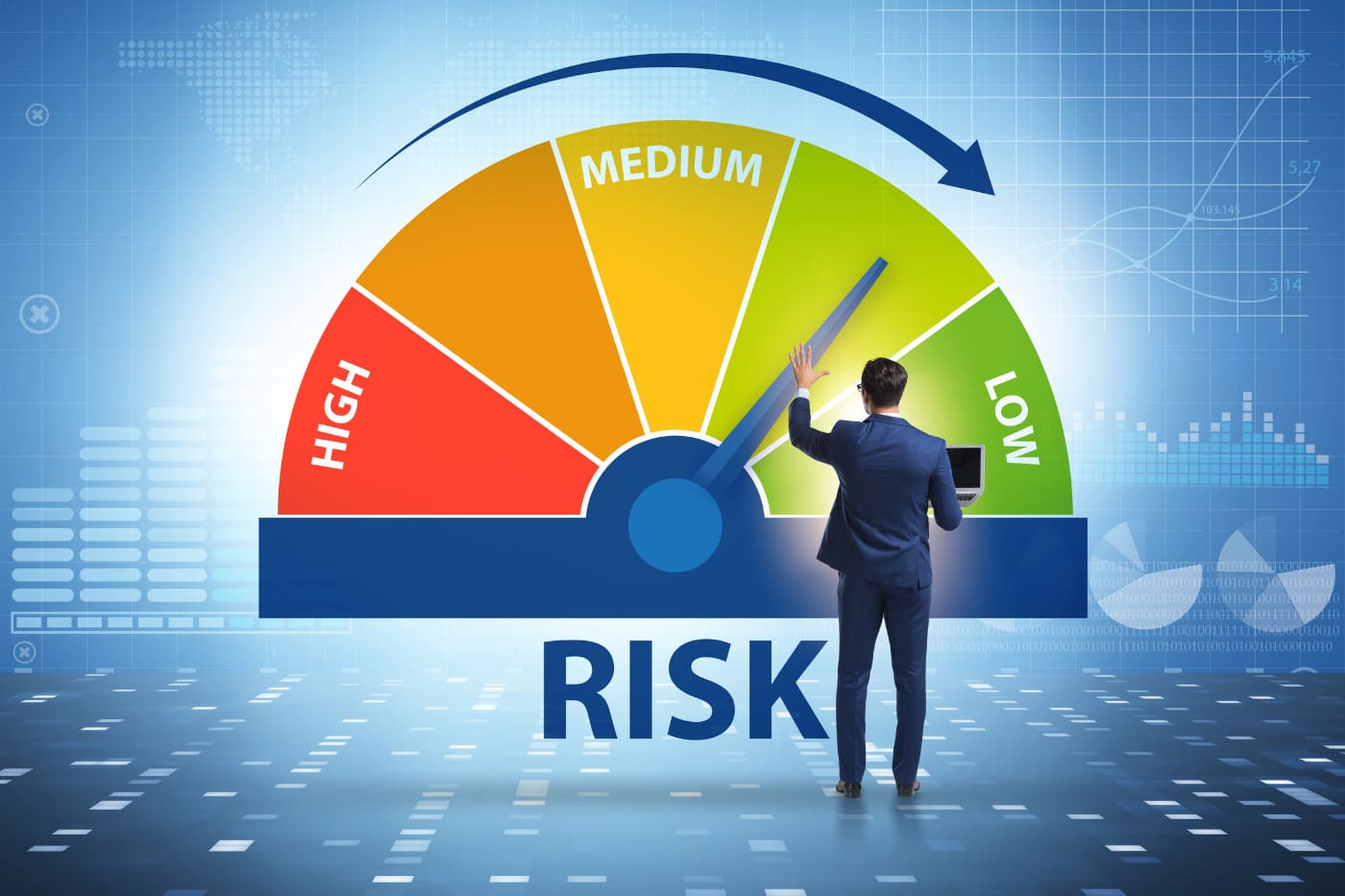Effective Risk Mitigation Strategies
Effective Risk Mitigation Strategies; In the ever-evolving landscape of business, risk is inevitable. Whether it’s economic fluctuations, technological advancements, regulatory changes, or unforeseen crises like pandemics, businesses face a myriad of risks that can disrupt operations and threaten their existence. However, while risks cannot be eliminated entirely, they can be managed and mitigated effectively through a combination of proactive measures and strategic planning. In this comprehensive guide, we will delve into the concept of risk mitigation and explore various strategies that businesses can employ to protect themselves against potential threats.
Understanding Risk Mitigation
Risk mitigation is the process of identifying, assessing, and taking steps to reduce the impact of risks on an organization. It involves a systematic approach to anticipate, prevent, and respond to potential threats in order to minimize their adverse effects. Effective risk mitigation not only helps businesses protect their assets and reputation but also enhances their resilience and agility in the face of adversity.
Key Components of Effective Risk Mitigation
Before delving into specific strategies, it’s essential to understand the key components of effective risk mitigation:
- Risk Identification: The first step in risk mitigation is to identify and categorize potential risks that could affect the business. This involves conducting thorough risk assessments across various areas of operations, including financial, operational, regulatory, and reputational risks.
- Risk Assessment: Once risks are identified, they need to be assessed in terms of their likelihood and potential impact on the business. This helps prioritize risks based on their severity and develop targeted mitigation strategies.
- Risk Management Plan: A comprehensive risk management plan outlines the strategies and actions needed to mitigate identified risks. It includes risk prevention measures, contingency plans, and protocols for monitoring and responding to emerging risks.
- Monitoring and Review: Risk mitigation is an ongoing process that requires continuous monitoring and evaluation. Regular reviews of the risk landscape enable businesses to adapt their mitigation strategies in response to changing conditions and emerging threats.
Effective Risk Mitigation Strategies
Now, let’s explore some effective risk mitigation strategies that businesses can implement to safeguard themselves against uncertainty:
- Diversification: Diversifying revenue streams, customer base, and supply chains can help reduce reliance on a single source and minimize the impact of disruptions in any one area.
- Insurance: Investing in comprehensive insurance coverage tailored to specific business needs can provide financial protection against various risks, including property damage, liability claims, and business interruption.
- Contingency Planning: Developing contingency plans for potential scenarios, such as natural disasters, cyberattacks, or supply chain disruptions, ensures that businesses are prepared to respond effectively and minimize downtime.
- Risk Transfer: Outsourcing certain functions or entering into contractual agreements with third parties can transfer some risks away from the business, such as outsourcing IT services to a managed service provider.
- Compliance and Regulatory Management: Staying compliant with relevant laws and regulations not only helps avoid legal penalties but also reduces the risk of reputational damage and loss of customer trust.
- Cybersecurity Measures: Implementing robust cybersecurity measures, such as firewalls, encryption, and employee training, can protect against data breaches and cyber threats that could compromise sensitive information.
- Financial Risk Management: Employing financial risk management strategies, such as hedging against currency fluctuations or interest rate risks, can mitigate the impact of market volatility on the business.
- Supply Chain Resilience: Building resilient supply chains by diversifying suppliers, maintaining buffer inventory, and establishing alternative transportation routes can mitigate the risk of disruptions in the supply chain.
- Employee Training and Engagement: Investing in employee training and engagement programs not only enhances productivity and morale but also reduces the risk of human error and internal threats.
- Reputation Management: Proactively managing brand reputation through transparent communication, ethical business practices, and proactive stakeholder engagement can mitigate the impact of negative publicity and crises.
Conclusion on Effective Risk Mitigation Strategies
In conclusion, effective risk mitigation is essential for businesses to navigate the uncertainties of the modern business environment successfully. By identifying potential risks, developing comprehensive mitigation strategies, and implementing proactive measures, businesses can minimize the impact of threats and enhance their resilience and competitiveness. While risks cannot be eliminated entirely, strategic risk mitigation empowers businesses to anticipate, adapt, and thrive in the face of adversity. By embracing a proactive approach to risk management, businesses can safeguard their assets, reputation, and long-term viability in an increasingly volatile world.






